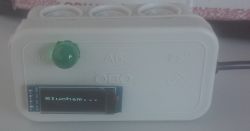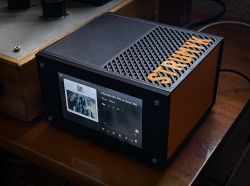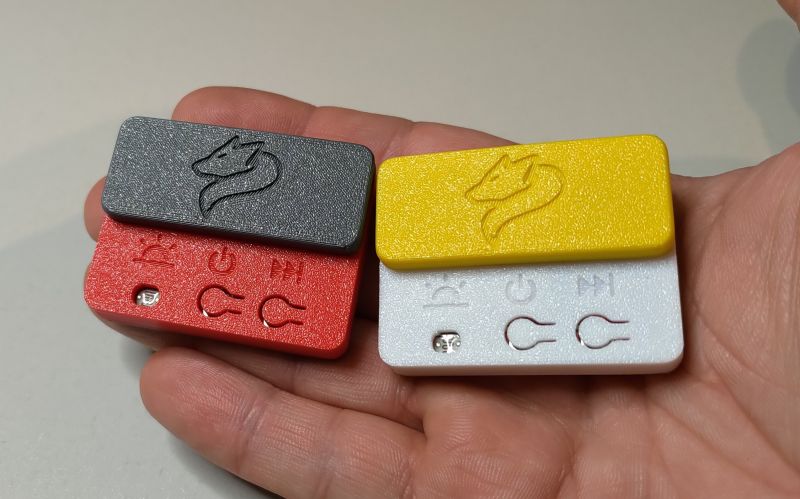
I would like to present a recently created contraption.
I gave it a working name Supervisor detector.
The ESP8266 chip and the SSD1306 OLED display are used here.
I`m in a hurry to explain the principle of operation.
The WIFI network is widely used, we use it at home, at work, in a cafe.
Very often, as I have noticed, people do not turn off WIFI on their phone, either because of laziness or ignorance.
And when phones lose connection to the network, they become quite "talkative" and periodically start desperate attempts to find a known WIFI network to connect to.
They do this by sending packets containing, among others: their MAC address and this feature was used in the presented device.
We have a defined list of MAC addresses in the table that we want to monitor and when one appears within the range of our ESP,
we have signaling in the form of lighting the LED for a few seconds and displaying the name assigned to a given MAC address on the display.
The algorithm is quite primitive, it only signals 1 active device nearby at a time, but it works great for the intended purposes.
The listening library is not my own, a Ricardo Oliveira project called Friend Detector was used here.
https://github.com/RicardoOliveira/FriendDetector
I made changes to adapt the code to my requirements.
It is true that the application is intended to be part of a building automation project and serve other purposes, i.e. after detecting the MAC address we want, it is supposed to turn on the air conditioner in the heating mode using the IR diode before the user even enters the house.
But at the moment I`m testing the system at work and it works great as a supervisor detector
While writing the post, the LED light came on and I was able to prepare for my supervisor`s visit
I noticed that the system can catch frames at a distance of about 80 m and in a quite radio-polluted industrial environment where a lot of machines work.
The casing is not very beautiful, but it was made quickly to protect the device so that bystanders would not accidentally short circuit it.
I don`t have a diagram because it is a manual connection of the OLED display and LED to the ESP.
Below is a video of the device in operation.
Source codes attached.
Cool? Ranking DIY






